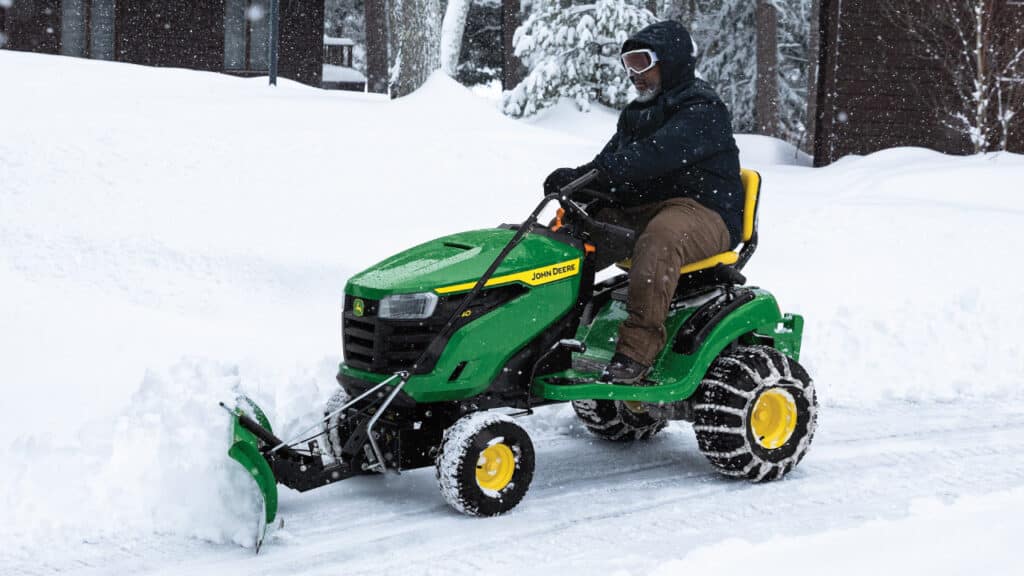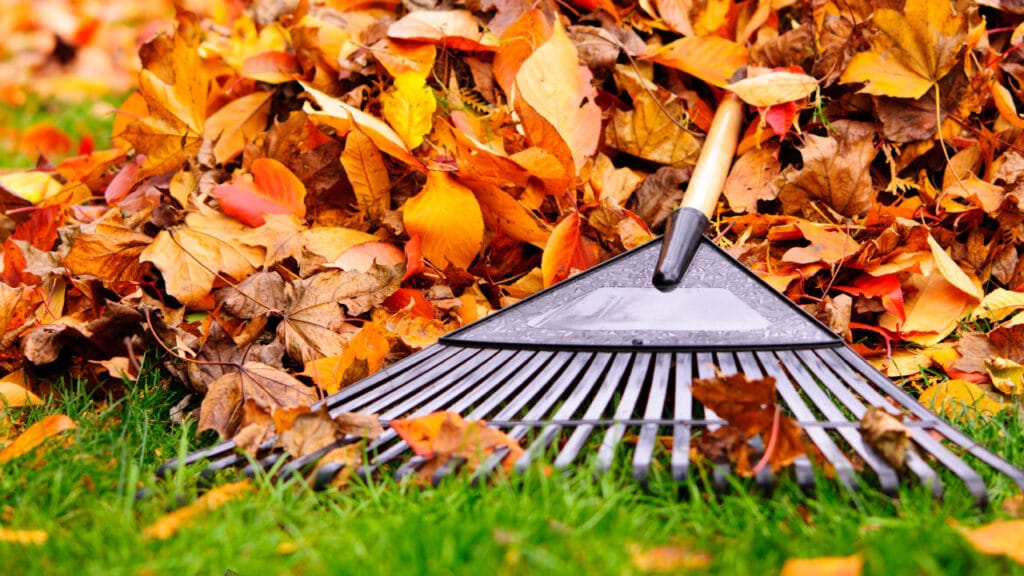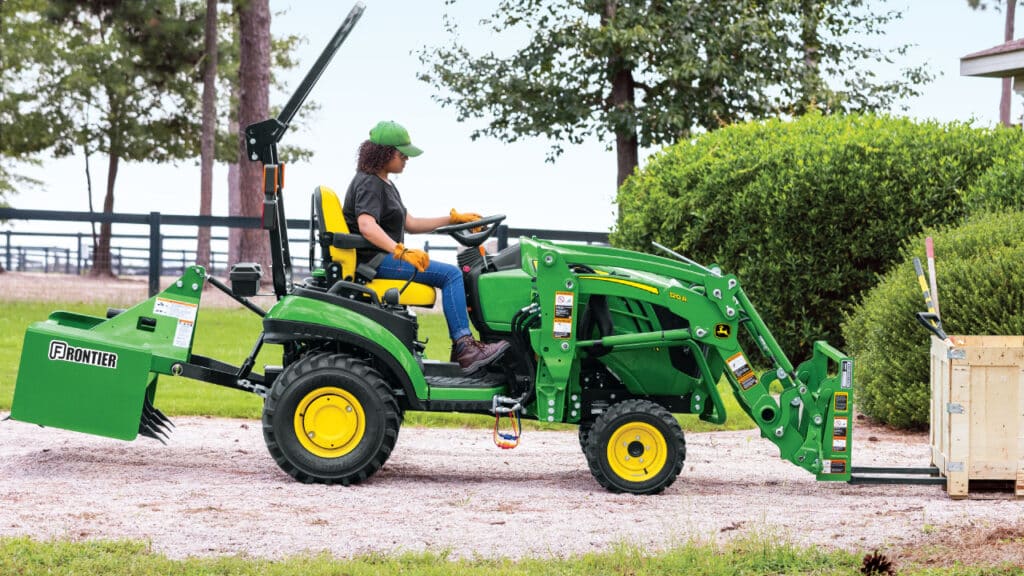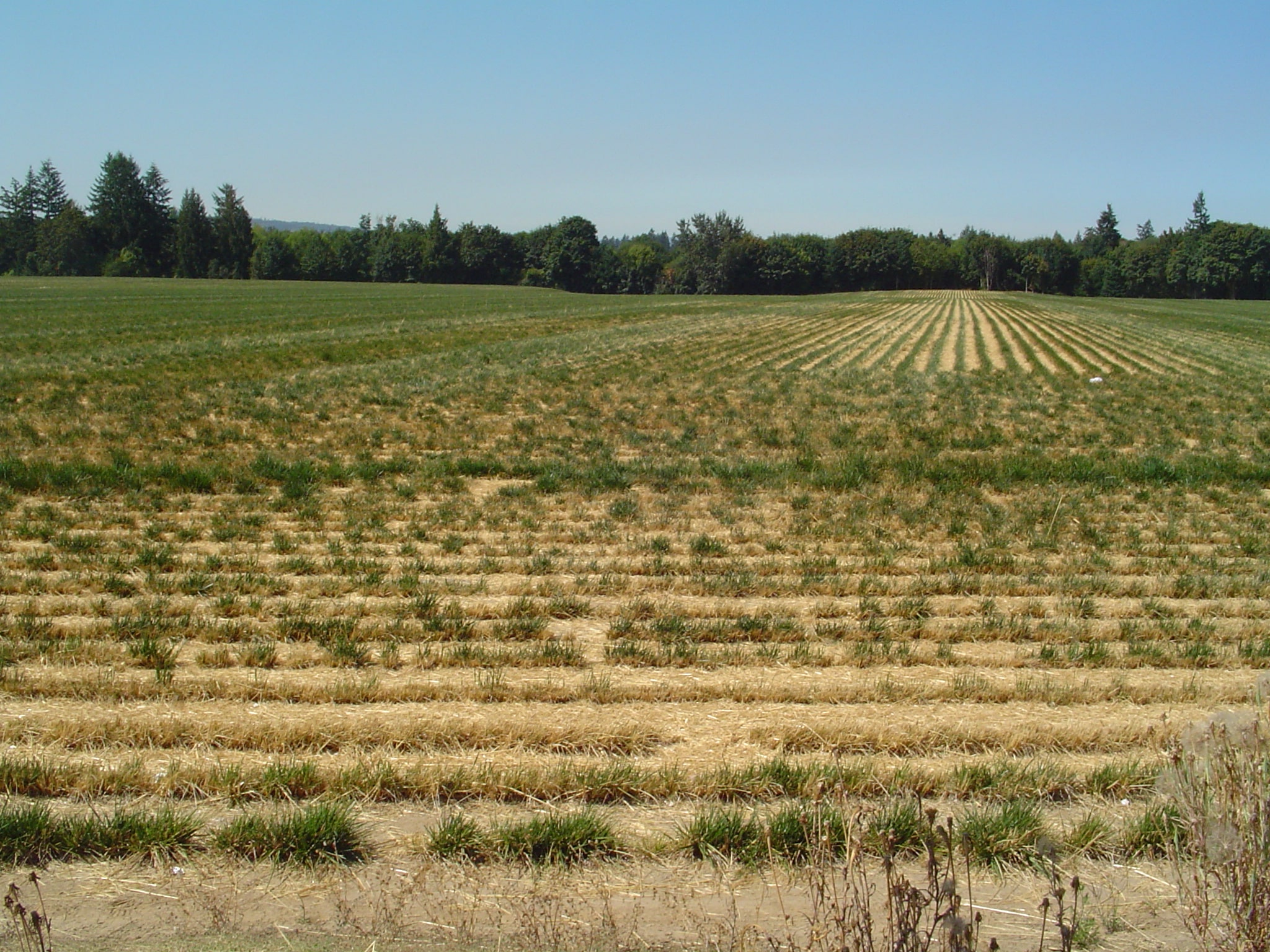
As we prepare to enter the winter months, where many plants either die or go dormant, now is the time to consider planting certain seeds such as perennials and grass seed. Timing the planting process in the fall is key for healthy growth next spring and summer. Fall is the ideal time to put down new grass seed in Minnesota, but knowing how early – or how late – you can plant is necessary for a thriving lawn.
The conditions for healthy grass seed are warm, moist soil and cool temperatures. Cool season grasses that grow in Minnesota need to be planted at the right time to achieve these conditions. With this in mind, read on to learn when to put down new grass seed and how to cultivate grass in the fall for a successful lawn in the spring and summer.
When to Put Down Grass Seed
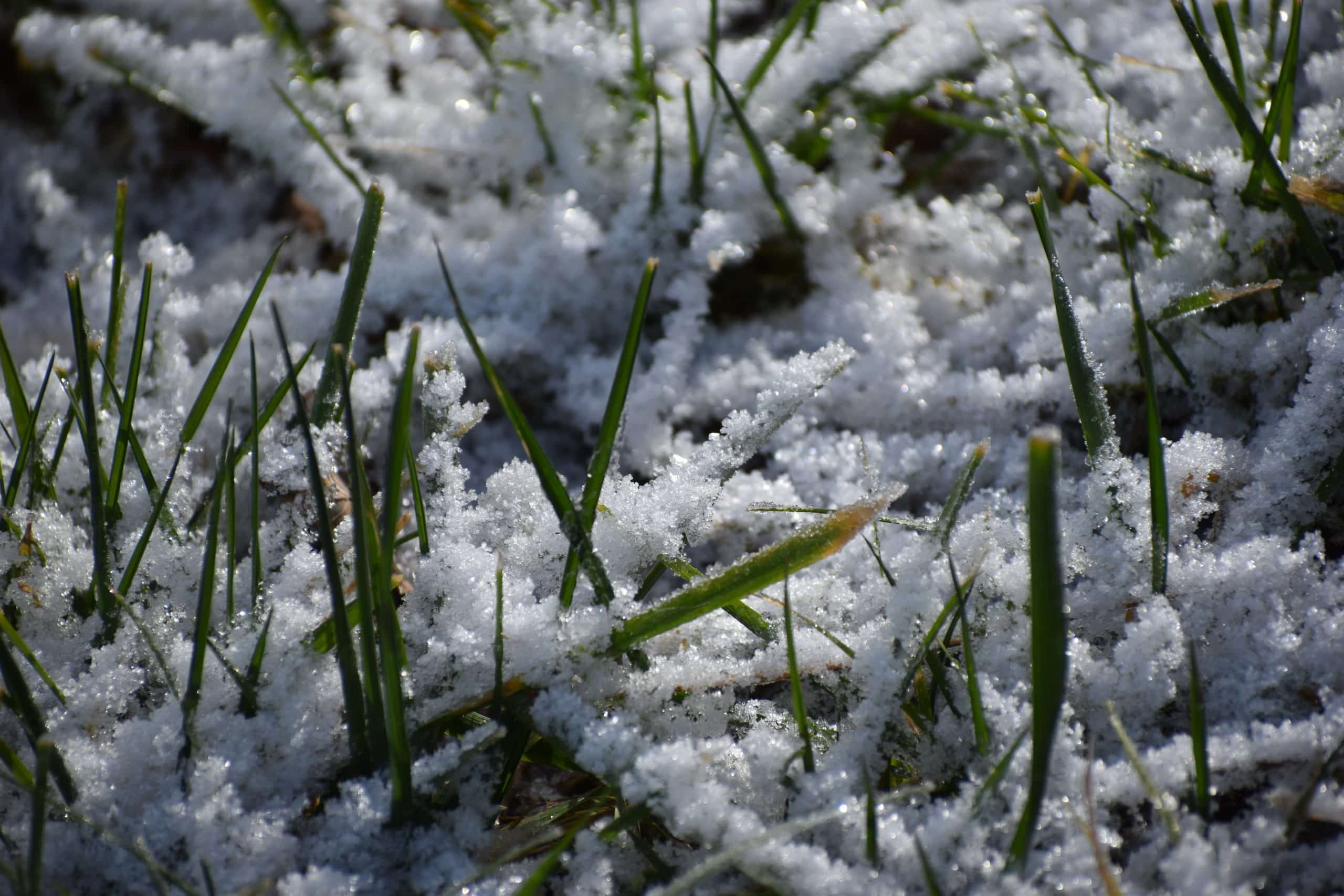
Put down new grass seed in the late summer or early fall for prime germination conditions. Before you put down your cool season grass, such as Kentucky Bluegrass, consult a Farmer’s Almanac to learn when the first frost typically occurs. Plant new grass seed approximately 45 days before the first frost. This gives the seed time to settle into the soil while it is still warm and moist enough for proper growth.
Early September is typically when you should put down new grass seed. For grass seed to grow properly, it must either sprout and grow strong before the first frost, or go dormant before sprouting. If grass begins to sprout and then frosts over, the grass will die. Be sure to put down your grass seed early enough for it to grow strong so you can mow it, or late enough so it will not have time to fully sprout before going dormant.
Given this window, homeowners can potentially get away with planting in October. If frost is on its way, you can put down grass seed so it will go dormant for the year. The grass simply will then sprout at the beginning of the next growing season. In Minnesota, it is typically better to plant grass in the fall rather than the spring, as you do not have to wait for the ground to thaw. You also have time to fertilize, water and cultivate the seeds before winter.
How to Plant Grass Seed
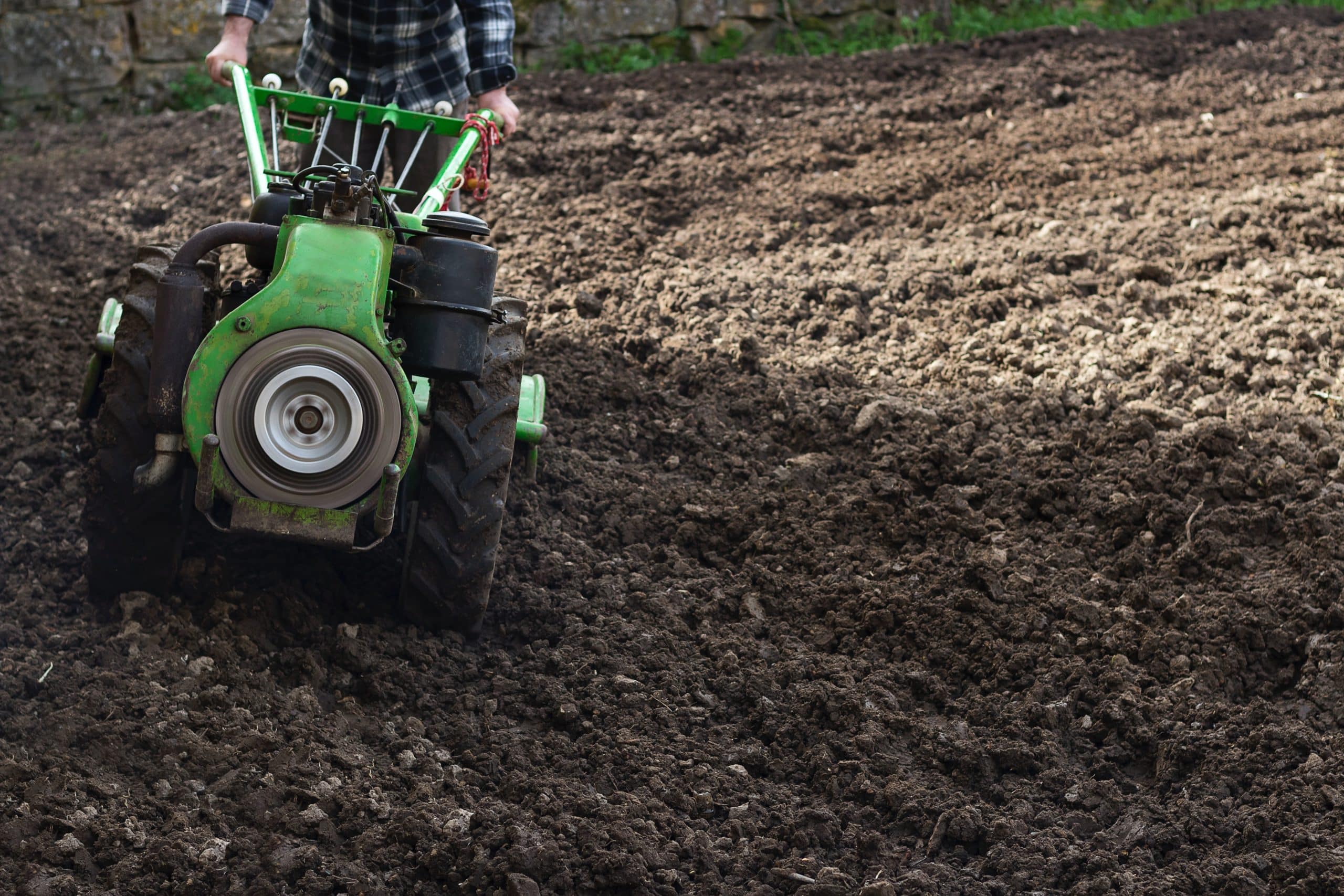
After you put down new grass seed, it is critical to take the proper steps to ensure the grass grows effectively the next year. First, clear the lawn of rocks, sticks and other debris that can prevent growth. For areas of lawn without grass – or if you are replacing grass altogether – till your land and work up the soil. Rake out any ruts or chunks that may have occurred from tilling. If you are simply adding new grass seed to your existing lawn, cut your lawn relatively short, down to two inches or so. This will allow the new grass seed to work its way into the soil among the rest of the grass.
Then, apply a nutrient-rich fertilizer to the soil. This will help promote healthy growth for the seeds. Local lawn care professionals can provide quality fertilizer and seeding services to assist in this step. Using a seed spreader, utility tractor or other yard and farm equipment, spread the grass seed evenly throughout the plot. Once this is done, water the soil and keep it covered or otherwise protected to let the grass seed fully integrate and establish roots.
Find Expert Property Care With Minnesota Equipment
If you are putting down new grass seed in Minnesota this fall, you’ll need the right equipment to do the job. From tillers to seed spreaders to mowers, having quality lawn care equipment is key to promoting healthy growth and keeping your property looking great.
Minnesota Equipment provides the best farm and lawn care equipment in the Twin Cities Metro Area. Featuring top brands like STIHL, Gravely and John Deere, we have everything you need to put down new grass seed this fall and let your property thrive. Browse our selection of ground maintenance equipment and be ready for anything year-round.


 MyME
MyME

